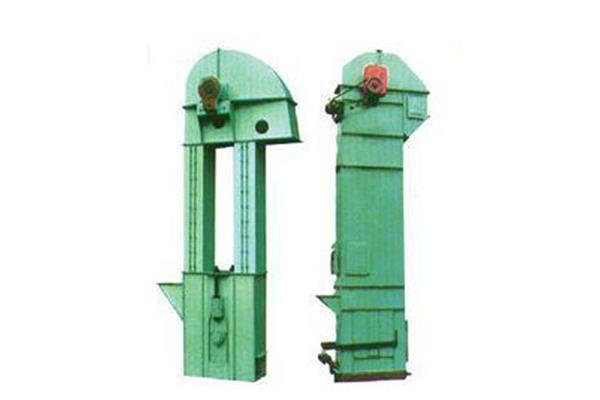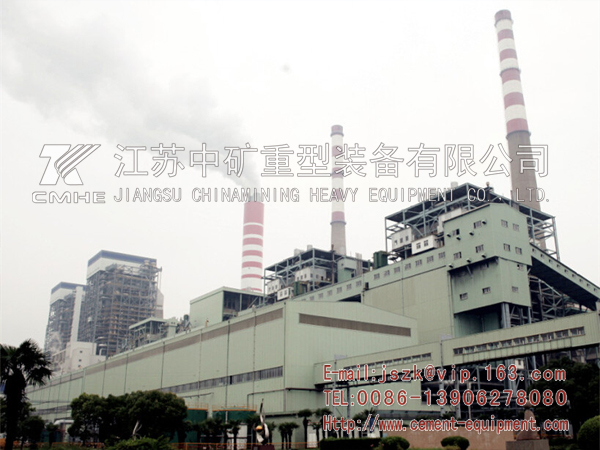A bucket elevator, also called a bucket conveyor, is a mechanical device that vertically conveys powdered, granular, or block materials. It continuously lifts bulk or crushed materials using belts, chains, or other traction components in a vertical or steeply inclined direction.
The
NE plate chain bucket elevator uses a plate chain as its traction component and relies on gravity for unloading. It adopts inflow feeding, where materials flow directly into the buckets. The plate chain then lifts the filled buckets to the top, and materials discharge automatically under gravity.
This type of elevator features a simple structure, compact footprint, large lifting height, stable performance, low noise, and high lifting speed. It efficiently handles a wide range of bulk materials across industries such as cement, mining, grain, and chemical processing.
Six Key Maintenance and Repair Guidelines
1. Start and Stop Procedures
- Always start the bucket elevator without load. Before every shutdown, empty all materials from the buckets completely. Then stop the machine to prevent clogging or chain stress.
2. Initial Inspection and Adjustment
- After the first 100 hours of operation or post-maintenance, inspect the elevator thoroughly. Tighten all bolts, check the wear of parts, and ensure adequate grease filling.
3. Feeding Control
- Maintain uniform feeding at all times. Avoid sudden surges in feeding volume, as they can exceed the elevator’s capacity. Overloading may cause serious accumulation at the base and result in jamming accidents.
4. Direction of Operation
- Operate the elevator strictly in the forward direction. Reverse movement must be avoided to prevent chain derailment or mechanical damage.
5. Regular Overhaul and Lubrication
- Conduct a full overhaul every six months. Replace worn parts such as chains and steel ropes promptly. Regularly check and replenish or replace lubricating oil to maintain smooth operation.
6. Safety Devices
- Equip the bucket elevator with a winch limiter and a travel limiter. Ensure the limiter automatically stops the pulley when the bucket approaches within 300 mm of the drum or pulley.
Conclusion
The
bucket elevator delivers high conveying capacity and efficiency while minimizing energy consumption. It enhances material handling productivity and ensures reliable vertical transportation.
Because of its compact design and flexible installation, the bucket elevator fits both fixed and mobile applications. It operates efficiently in factories, warehouses, mines, docks, rural areas, and construction sites where temporary or continuous lifting is required.
In summary, by following proper operating and maintenance procedures, users can maximize equipment performance, reduce wear, and extend the service life of the bucket elevator.


